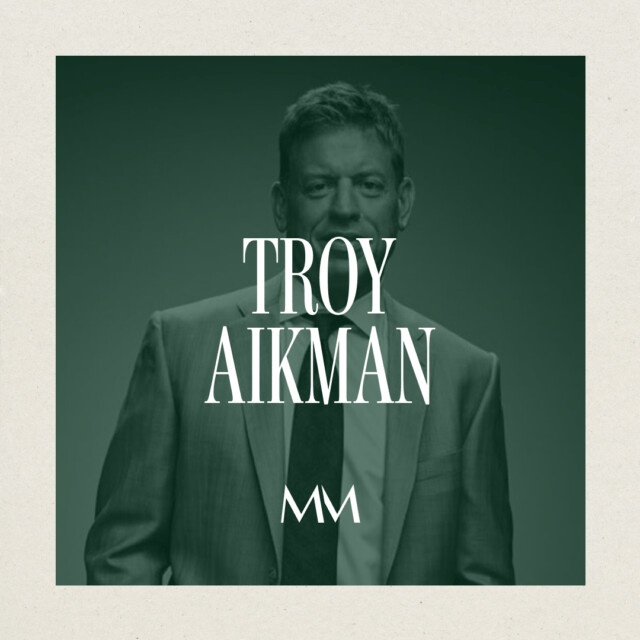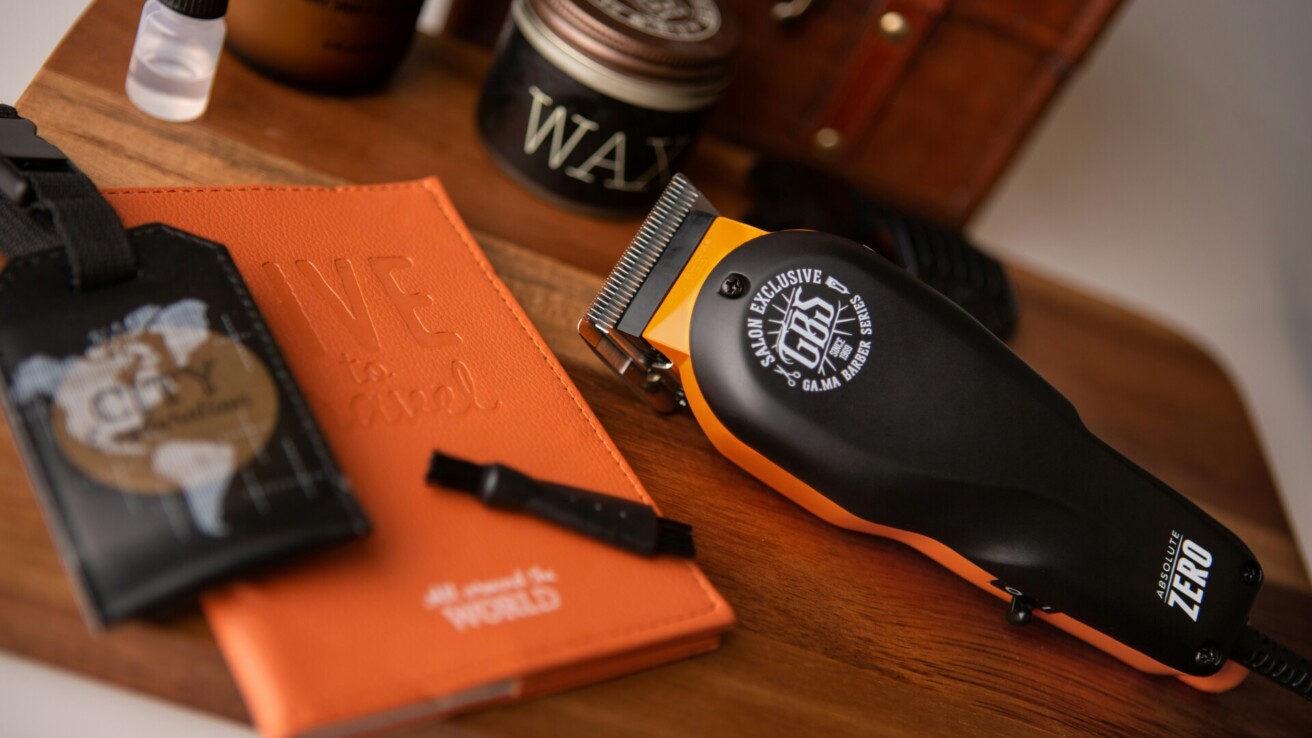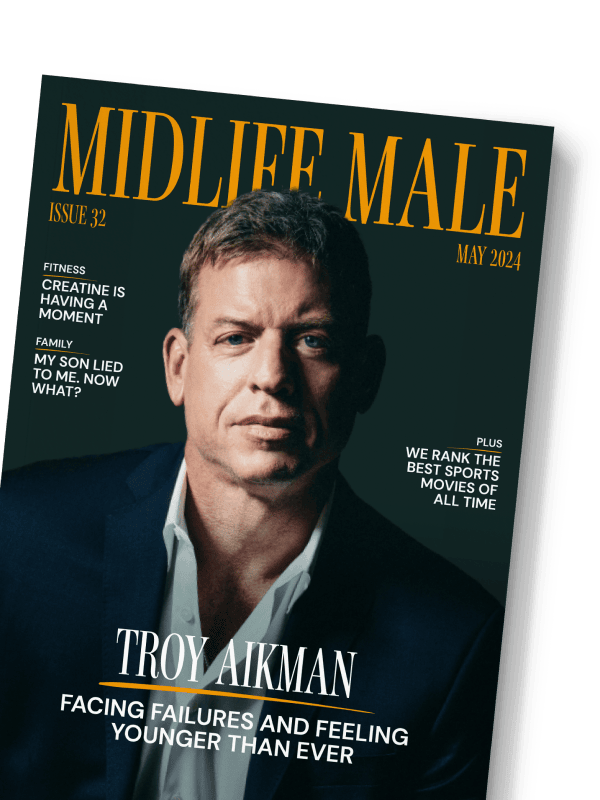Proper hygiene isn’t just about looking presentable – it’s a fundamental aspect of our overall health and wellbeing. I’ve spent years studying how simple hygiene practices can dramatically impact both our physical health and social confidence.
We’ve all experienced those moments when we’ve forgotten deodorant or rushed out without washing up properly. These seemingly small oversights can significantly affect our entire day.
The science behind personal hygiene is fascinating. According to research, regular handwashing alone can prevent numerous illnesses and maintain good health.
The foundation of good hygiene starts with consistent daily habits. A morning shower awakens your senses while removing bacteria that accumulate overnight.
Your hands are germ magnets, touching countless surfaces throughout the day. Thorough handwashing with soap and water for at least 20 seconds is crucial, especially before meals and after using restrooms.
Oral hygiene deserves special attention – brush twice daily and floss regularly. This practice prevents serious dental issues and maintains fresh breath.
Don’t underestimate the importance of clean clothes. Even if you’re staying home, changing into fresh clothing helps maintain skin health and prevents bacterial growth.
Skincare Essentials: Nurturing Your Largest Organ
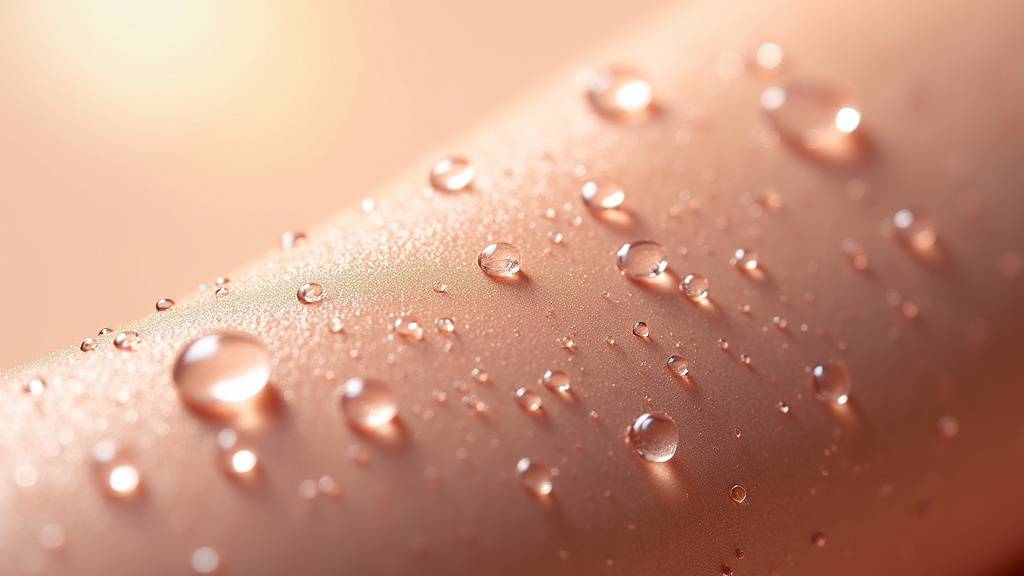
Your skin works tirelessly as your body’s first line of defense, yet many of us take this remarkable organ for granted. As someone who’s struggled with various skin concerns, I’ve learned that consistent care makes all the difference.
Think of your skin as a delicate ecosystem that requires regular maintenance. Just as you wouldn’t skip brushing your teeth, your skin deserves daily attention and care.
The beauty industry presents countless products and conflicting advice. Let’s focus on what truly matters for healthy skin.
Understanding Your Unique Skin Type
Before selecting products, understand what you’re working with. Your skin may be dry, oily, combination, or sensitive – and these characteristics can shift with seasonal changes and hormonal fluctuations.
The easiest way to determine your skin type is the bare-faced test. Wash your face, wait an hour, and observe: a tight feeling indicates dry skin, shine suggests oily skin, while varying areas of dryness and oil signal combination skin.
Sensitive skin typically reacts to new products with redness or irritation. Rather than assuming sensitivity, track your skin’s reactions to identify specific triggers and patterns.
What benefits your friend’s skin may not suit yours. Understanding your skin type enables you to select products that address your specific needs effectively.
Remember that skin evolves over time, so what worked in your 20s might need adjustment in your 40s. Regular reassessment ensures your skincare routine adapts to your changing needs.
Essential Steps for Every Skincare Routine
A proper skincare routine can be simple and effective. Begin with a gentle, non-stripping cleanser that preserves your skin’s natural barrier.
Next comes toning, though this step isn’t essential for everyone. If you choose to tone, select alcohol-free formulas that balance your skin’s pH levels.
After toning, apply treatment products like serums targeting specific concerns such as acne or aging. These concentrated formulas perform best on clean, slightly damp skin.
Seal everything with a moisturizer suited to your skin type. Even oily skin requires hydration – simply choose lighter, oil-free formulas.
The Non-Negotiable: Sun Protection
If there’s one step you shouldn’t skip, it’s sunscreen. UV damage contributes to premature aging, dark spots, and increased skin cancer risk.
Select a broad-spectrum SPF 30 or higher and apply it as the final step in your morning routine. Reapply every two hours when outdoors.
Consider your lifestyle when selecting sunscreen. Indoor activities may require lighter protection, while outdoor enthusiasts need water-resistant, more robust formulas.
Remember that sun protection matters every day. UV rays penetrate clouds and windows, making daily protection essential year-round.
Make sunscreen application as routine as brushing your teeth. Your future self will appreciate the prevention of premature aging and protection against skin damage.
Haircare and Styling: Mastering Your Mane
Your hair is more than just a crowning glory – it’s a reflection of your overall health and self-care routine. As someone who’s spent years studying hair care, I’ve learned that achieving beautiful, healthy hair starts with understanding your unique hair type and needs.
Different hair textures require specific care approaches. What works for straight, fine hair might be unsuitable for thick, curly locks. The key lies in identifying your hair type and creating a routine that nurtures it properly.
Understanding proper hair maintenance begins with effective washing techniques. Hair care experts emphasize that washing frequency should align with your scalp’s oil production and hair texture.
Essential Hair Washing Techniques
The foundation of healthy hair begins with proper washing technique. As shared in Healthline’s comprehensive guide, start by thoroughly wetting your hair with lukewarm water for at least a minute before applying shampoo.
When applying shampoo, focus on your scalp rather than the lengths of your hair. Massage gently with your fingertips – never use your nails, as this can irritate the scalp and cause inflammation.
Water temperature plays a crucial role. While warm water opens the cuticles for cleansing, a final cold water rinse helps seal them, enhancing shine and reducing frizz.
Choosing the Right Products for Your Hair Type
Selecting appropriate hair products requires understanding your specific hair needs rather than following trends. For fine hair, choose lightweight, volumizing formulas that won’t weigh your hair down.
For thick or coarse hair, select moisturizing products rich in natural oils and butters. These ingredients help manage frizz and provide the extra hydration your hair needs.
If you have a sensitive scalp, avoid products containing harsh sulfates and artificial fragrances. Instead, opt for gentle, hypoallergenic formulations that protect your scalp.
Maintaining a Healthy Scalp
A healthy scalp forms the foundation for beautiful hair. Think of your scalp as an extension of your facial skin – it requires regular care and attention to maintain its balance.
Regular scalp exfoliation removes dead skin cells and product buildup that can clog hair follicles. However, use gentle motions – aggressive scrubbing can disrupt your scalp’s delicate microbiome.
For persistent scalp issues like dandruff or excessive oiliness, use targeted treatments containing ingredients such as tea tree oil or salicylic acid.
The Impact of Diet and Lifestyle
Beautiful hair starts from within. A diet rich in proteins, vitamins, and minerals supports healthy hair growth and strength.
Include foods high in biotin, omega-3 fatty acids, and iron in your diet. Salmon, eggs, nuts, and leafy greens provide crucial nutrients for maintaining hair health.
Remember that stress significantly affects your hair’s health. Elevated stress levels can increase hair shedding and lead to temporary hair loss. Incorporate stress-management techniques and prioritize adequate sleep.
Dental Care: Perfecting Your Smile
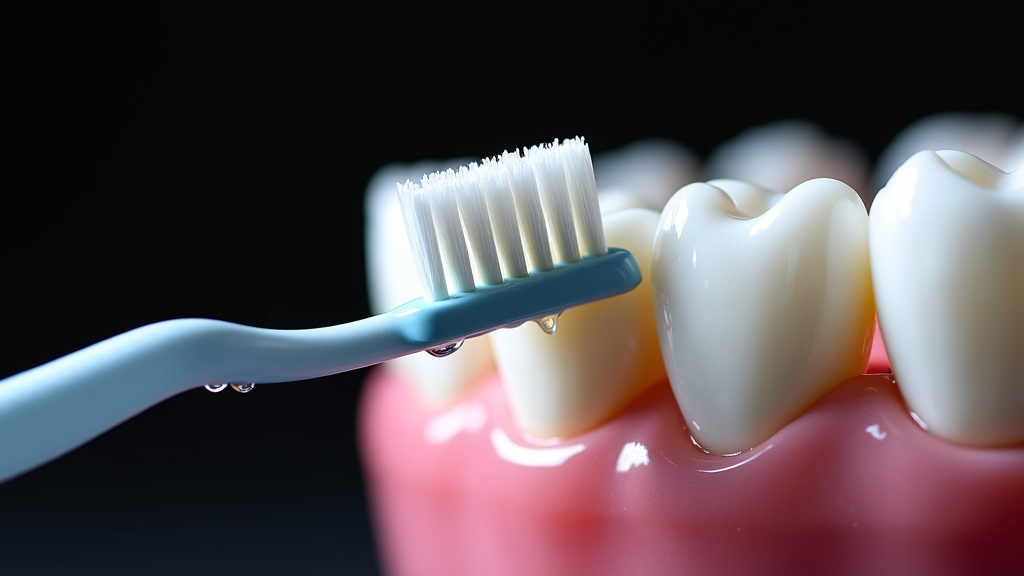
Your smile isn’t just about aesthetics – it’s a window to your overall health. As someone who’s spent years researching oral hygiene practices, I’ve discovered that proper dental care extends far beyond maintaining white teeth.
Studies show that oral health is directly linked to serious conditions like heart disease, diabetes, and stroke. This vital connection makes daily dental care essential for protecting your whole-body wellness.
Essential Daily Dental Care Practices
Let’s examine the fundamentals of maintaining healthy teeth and gums. Brushing twice daily with fluoride toothpaste creates the foundation of good oral hygiene, and proper technique is crucial.
Position your toothbrush at a 45-degree angle to your gums and use gentle, circular motions. This method effectively removes plaque without damaging sensitive gum tissue or wearing down enamel.
Flossing, though often overlooked, deserves equal attention. It reaches the 40% of tooth surfaces that brushing alone cannot clean.
The Power of Professional Care
While daily home care is crucial, regular dental check-ups provide benefits that no amount of brushing can replace. Professional cleanings remove stubborn tartar buildup that regular brushing cannot eliminate.
I’ve learned from experience that waiting until you notice a problem often reveals issues that routine care could have prevented. Most dental professionals recommend visits every six months.
Advanced Oral Care Strategies
Modern dental care extends beyond the basics. Therapeutic mouthwashes help reduce bacteria and freshen breath – use them after brushing and flossing for maximum benefit.
Consider incorporating a tongue scraper into your routine. The tongue harbors significant bacteria that contribute to bad breath and affect overall oral health.
When selecting oral care products, look for the ADA Seal of Acceptance. This certification ensures the product has been rigorously tested and proven effective.
| Practice | Benefit |
|---|---|
| Brushing twice daily with fluoride toothpaste | Prevents cavities and maintains enamel |
| Flossing daily | Removes plaque and prevents gum disease |
| Regular dental check-ups | Early detection of dental issues |
| Using therapeutic mouthwash | Reduces bacteria and freshens breath |
| Tongue scraping | Reduces bad breath and improves oral health |
Nail Care: Polishing Your Look
Well-groomed nails aren’t just about aesthetics – they’re a reflection of your overall health and personal care routine. I’ve spent years helping clients transform their nail care habits, and I’m excited to share proven techniques for maintaining beautiful, healthy nails.
Our hands are constantly on display, whether we’re typing on a keyboard, gesturing during conversations, or sharing photos on social media. Proper nail care creates a polished, professional impression.
Having worked with thousands of clients, I’ve observed that many people unknowingly damage their nails through improper care techniques. The good news? With the right knowledge and tools, you can achieve salon-quality results at home.
Essential Cuticle Care
Your cuticles serve as a protective barrier for your nail matrix, which is why proper care is crucial. According to the American Academy of Dermatology, you should never cut your cuticles as this can lead to infection.
Instead of cutting, gently push back your cuticles using an orange stick after a warm shower when they’re soft. Follow this with a nourishing cuticle oil to keep the area hydrated and prevent hangnails.
Maintaining healthy cuticles protects your nails from bacteria and infection. Think of your cuticles as the security system for your nail bed.
Proper Nail Trimming and Filing
When it comes to trimming your nails, technique matters more than frequency. Always cut your nails straight across to prevent ingrown nails, then gently round the edges with a file.
One common mistake I see is filing back and forth, which can weaken your nails. Instead, file in one direction using smooth, gentle strokes. This technique prevents splitting and peeling while creating a clean, professional finish.
Remember to choose the right tools – a glass file is gentler on your nails than metal ones and won’t create micro-tears in the nail’s free edge.
Daily Nail Care Habits
The secret to beautiful nails lies in consistent care. Keep your nails clean and dry to prevent bacterial growth, and always wear gloves when doing dishes or using harsh cleaning products.
Moisturize your hands and nails daily with a quality hand cream. I’ve found that applying moisturizer after every hand washing helps maintain nail flexibility and prevents brittleness.
If you frequently use nail polish, give your nails regular breaks to breathe. Apply a strengthening treatment during these breaks to support nail health.
Signs of Nail Problems
In my experience, your nails can often signal underlying health issues. Watch for changes in color, texture, or growth patterns. Yellow discoloration, unusual thickening, or separation from the nail bed should prompt a visit to your healthcare provider.
Brittle nails that constantly break or peel might indicate a nutritional deficiency. Consider adding biotin-rich foods to your diet or consulting with your doctor about supplements.
Changes in your nails can sometimes reflect serious health conditions, so don’t ignore persistent problems. Early intervention often leads to better outcomes.
Grooming Habits for Men: Tailored Tips for the Modern Gentleman
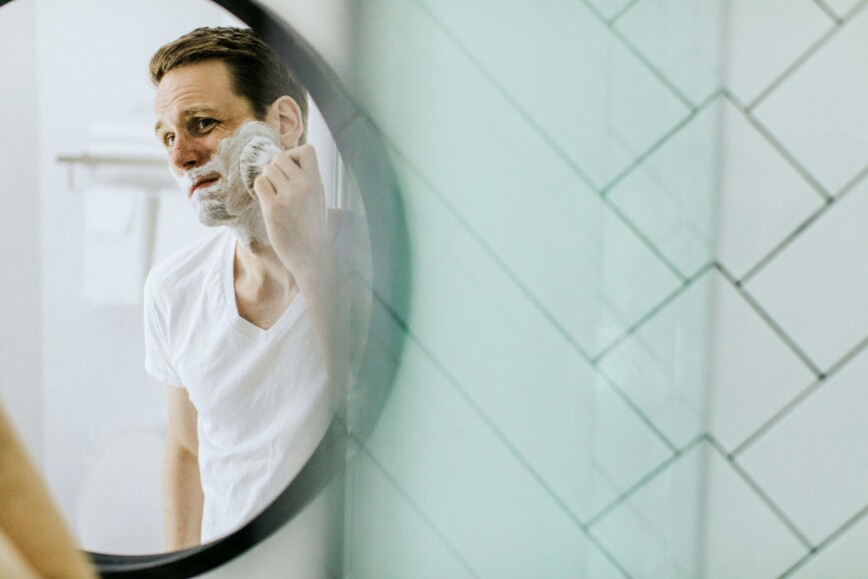
The modern gentleman understands that grooming isn’t just about looking good – it’s about feeling confident and presenting your best self to the world. I’ve spent years helping men develop effective grooming routines, and I’ll share the essential practices that make the biggest impact.
Proper grooming significantly influences how others perceive you, especially in professional settings. Studies show that well-groomed individuals are often viewed as more competent and trustworthy. Here are the key elements of a gentleman’s grooming routine.
Your facial hair deserves special attention, whether you’re clean-shaven or sporting a full beard. As a grooming specialist, I’ve witnessed how the right approach transforms both appearance and confidence.
Mastering Your Shaving Routine
The secret to a perfect shave lies in proper preparation. According to the American Academy of Dermatology, always wet your skin and hair to soften it before shaving, and use a moisturizing shaving cream.
Many men make the mistake of rushing their morning shave. Take your time and shave in the direction of hair growth to minimize irritation and razor burn. This simple change can dramatically improve your results.
Post-shave care is essential. Skip harsh, alcohol-based aftershaves that can dry out your skin. Instead, choose soothing, alcohol-free balms that help repair and protect your skin barrier.
Beard Maintenance Essentials
If you’re rocking facial hair, regular maintenance is non-negotiable. I recommend washing your beard 2-3 times weekly with a specialized beard wash to keep it clean and healthy.
Beard oil is essential for maintaining facial hair. Apply it when your beard is slightly damp to lock in moisture and keep those hairs soft and manageable. Your significant other will notice the difference.
Skincare Fundamentals for Men
Men’s skin is physiologically different from women’s – it’s about 25% thicker and produces more oil. That’s why you need products specifically formulated for male skin.
Start with the basics: a gentle cleanser, moisturizer, and sunscreen. These three products form the foundation of any effective skincare routine.
Regular exfoliation is crucial. Use a facial scrub 2-3 times weekly to remove dead skin cells and prevent ingrown hairs – a common issue for men who shave regularly.
Professional Grooming Services
Regular barber visits aren’t just about haircuts – they’re an investment in your appearance. A skilled barber can help shape your beard, recommend products, and keep you looking sharp.
Schedule appointments every 3-4 weeks to maintain a polished look. This consistency prevents that overgrown, unkempt appearance that can impact your professional image.
Remember, gentlemen, grooming isn’t about vanity – it’s about self-respect and attention to detail. These habits demonstrate that you take pride in your appearance and understand the value of presenting yourself well.
Embracing Personal Grooming for a Confident, Polished You
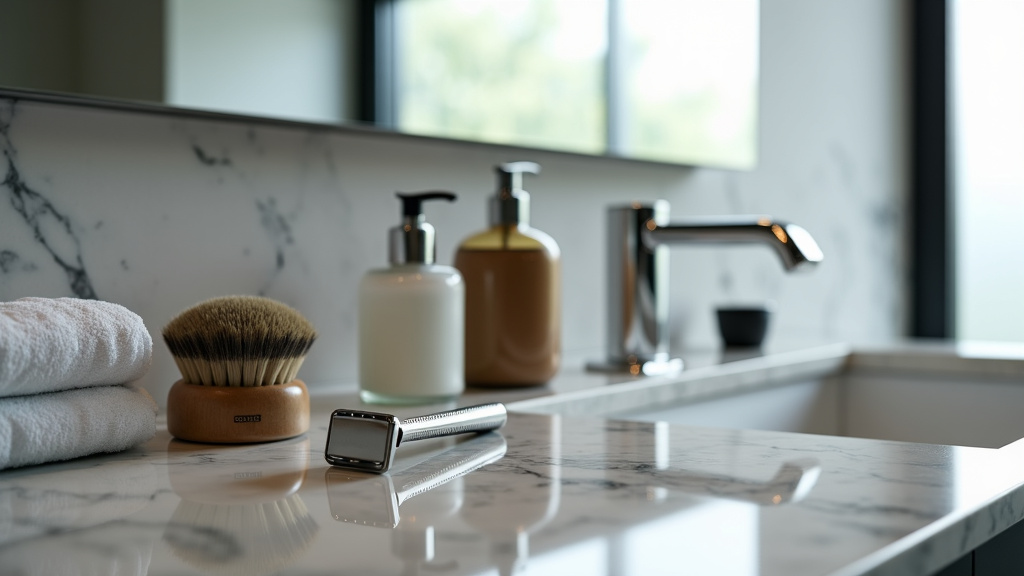
The journey to personal excellence begins with thoughtful, consistent grooming habits. I’ve witnessed countless transformations where mindful grooming practices have created lasting impacts across people’s personal and professional lives.
Good grooming transcends mere vanity – it’s a powerful expression of self-respect that shapes how we carry ourselves in the world. When you invest time in proper grooming, you demonstrate your commitment to excellence and attention to detail.
Through my years of experience working with clients, I’ve seen how establishing a solid grooming routine creates a foundation for success. It’s about feeling empowered and prepared to meet life’s challenges with confidence.
The impact of good grooming extends far beyond the mirror. In both important meetings and casual social gatherings, your well-maintained appearance communicates reliability and professionalism.
Let’s be clear – effective grooming isn’t about pursuing perfection or chasing trends. It’s about cultivating sustainable daily habits that enhance your natural features and build lasting confidence.
